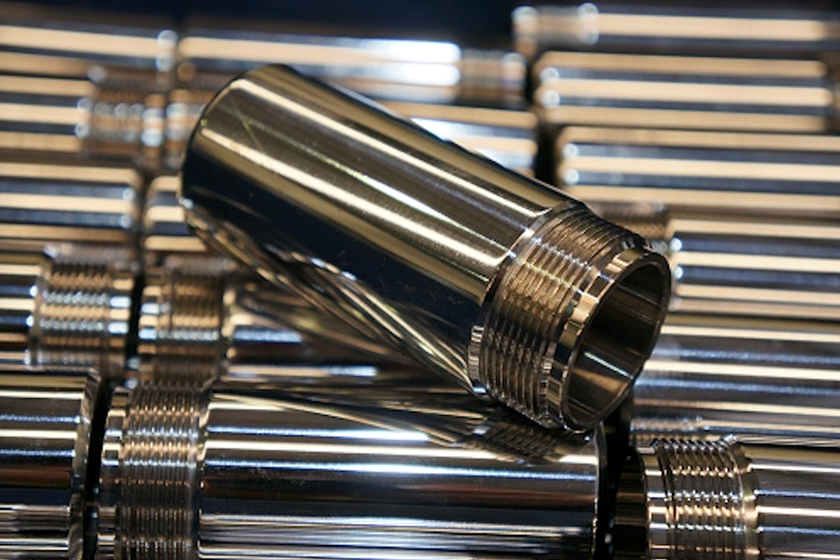From Paint to Powder
Question: We recently switched from liquid painting (alkyd-amino) to pure polyester powder coating.
Question:
We recently switched from liquid painting (alkyd-amino) to pure polyester powder coating. All our components are exposed to sunlight and all environmental conditions around the globe.
- What is the recommended pretreatment process for powder coating?
- How do we test the quality of powder paint?
- How do we assess the vendor paint quality?
- Can we get an ideal inspection check list?
- We are getting poor impact resistance, passes up to 24 in-lb. Powder coating on bare metal passes the impact of 80 in-lb.
Answer:
There is so much that apparently you do not know that I am not sure where I should start to answer your questions. Just because you converted to powder coating doesn’t mean that you should start from scratch. You should use some of the knowledge gained from operating your liquid system in approaching your powder coating problems.
Featured Content
For instance, the recommended pretreatment system for your new powder coating process can be remarkably similar to your old liquid process, providing that you had a pretreatment system that, at a minimum, cleaned your products. Pretreatment systems are selected based upon the soils that need to be removed from your parts, the metal substrates your products are made from and the corrosion resistance you are looking to achieve on your finished products. At first glance, all of these issues apply to either a liquid or powder coating operation. Having said that, I must mention that powder coating systems require a cleaner part that is free from oil and dirt to ensure proper adhesion. Conversely, a low-solids liquid can be applied over a substrate that may still have a little oil on it, since the high solvent content of the liquid paint will dissolve this oil and make it part of the coating. Granted this situation is not desirable, but if you did not check the liquid coated parts for strength, corrosion resistance, etc., you probably did not realize any problems.
I also recommend that you use your past liquid experience to check the powder coated products. If you had several quality checks for the parts you liquid coated, then these should be the same things you should check on the powder coated products. The results of these tests will deviate from your previous results only if you have selected a powder coating that has improved properties. This recommendation would also apply to the powder coating checks you are looking for. Obviously, you wouldn’t check the powder coating for viscosity, but post-cure panel tests like hardness, impact, flexibility, etc. would still apply.
There is no “ideal” checklist for powder coating, like there is no “ideal” checklist for selecting a mate. What is important to you may not be important to another person. The best way is to identify an “ideal” checklist for your products. Simply list those coating properties that you and your customer want, select a powder coating that can meet these objectives, and test for these attributes after processing your parts. Finding an “ideal” mate may take more effort, however.
RELATED CONTENT
-
Calculating the Cost of Powder Coating
How can you calculate the cost of powder coating a component if you only know its surface area? Powder coating expert Rodger Talbert has the answer.
-
Curing Oven Basics
Simply heating up the substrate does not cure the coating. There are many variables to consider when choosing the best cure oven for your application...
-
Preparation of Stainless Steel for Powder Coating
Should type 316 stainless steel castings be sandblasted before powder coating, or can they be chemically etched? Should the parts be pre-heated in an oven before coating?


















